State Farm General Insurance has recently announced that it will not renew coverage for more than 70,000 California properties due to rising costs and ongoing wildfire risks in the state.
This announcement comes as California experiences a continuous homeowners’ insurance crisis for a variety of reasons. Policymakers have already come out to express their disappointment in State Farm’s move.
State Farm’s Announcement

According to State Farm, it will not renew its policies for about 72,000 property owners in California. This includes a cancelation of renewals for 30,000 homeowner insurance policies.
Owners of condos are also included in this move. State Farm also confirmed that it will not renew the 42,000 commercial apartment policies they currently have. The insurance company will not offer any of these commercial policies in the future in California, either.
A Big Decision
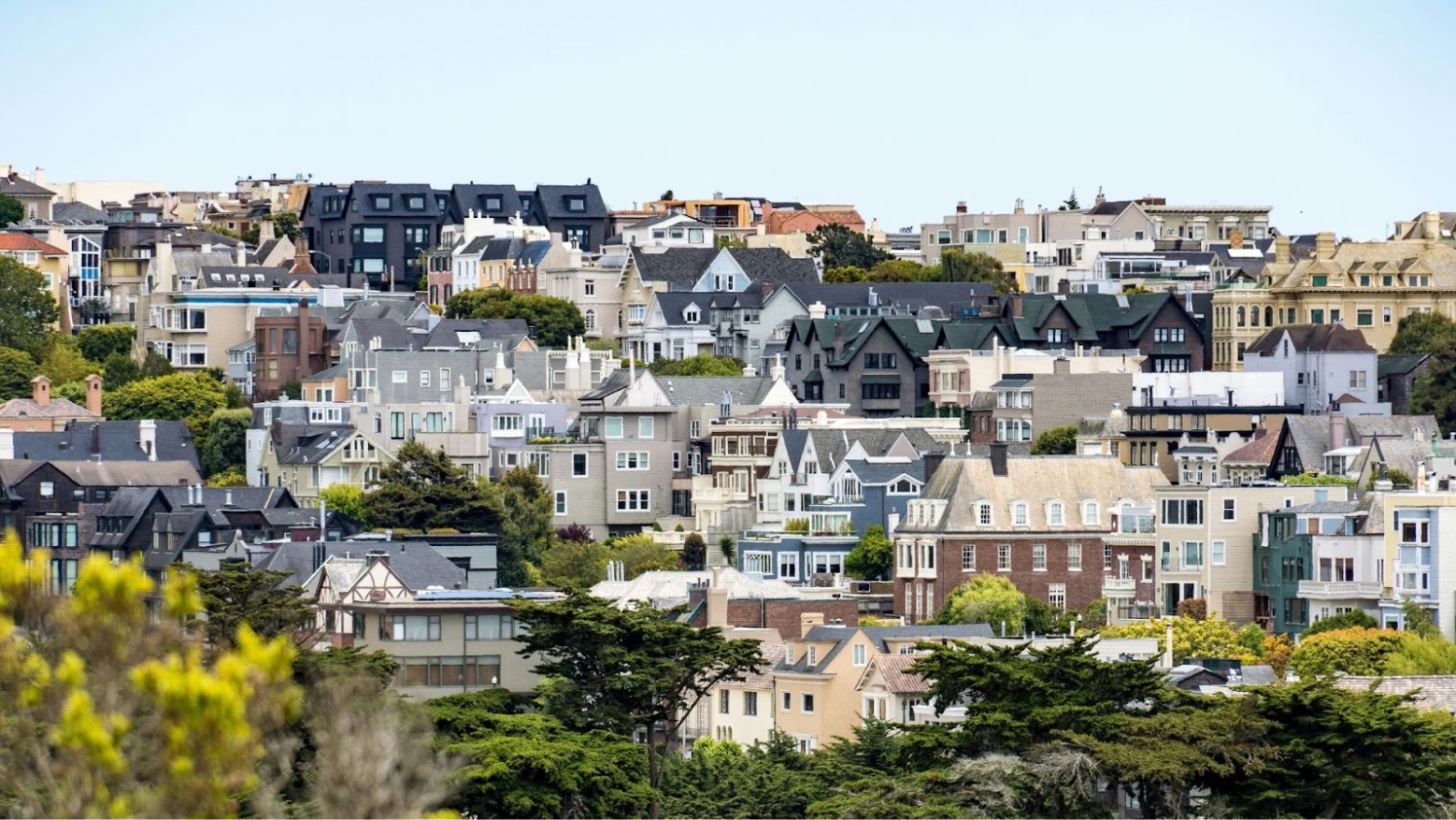
This huge decision comes amid California’s ongoing homeowners’ insurance crisis. Though many homeowners will be affected by this move, State Farm has said that less than 3% of its policies in California have been impacted.
Regardless of this fact, many personal and commercial properties will soon be without insurance, a fact that has already worried many.
State Farm’s Statement
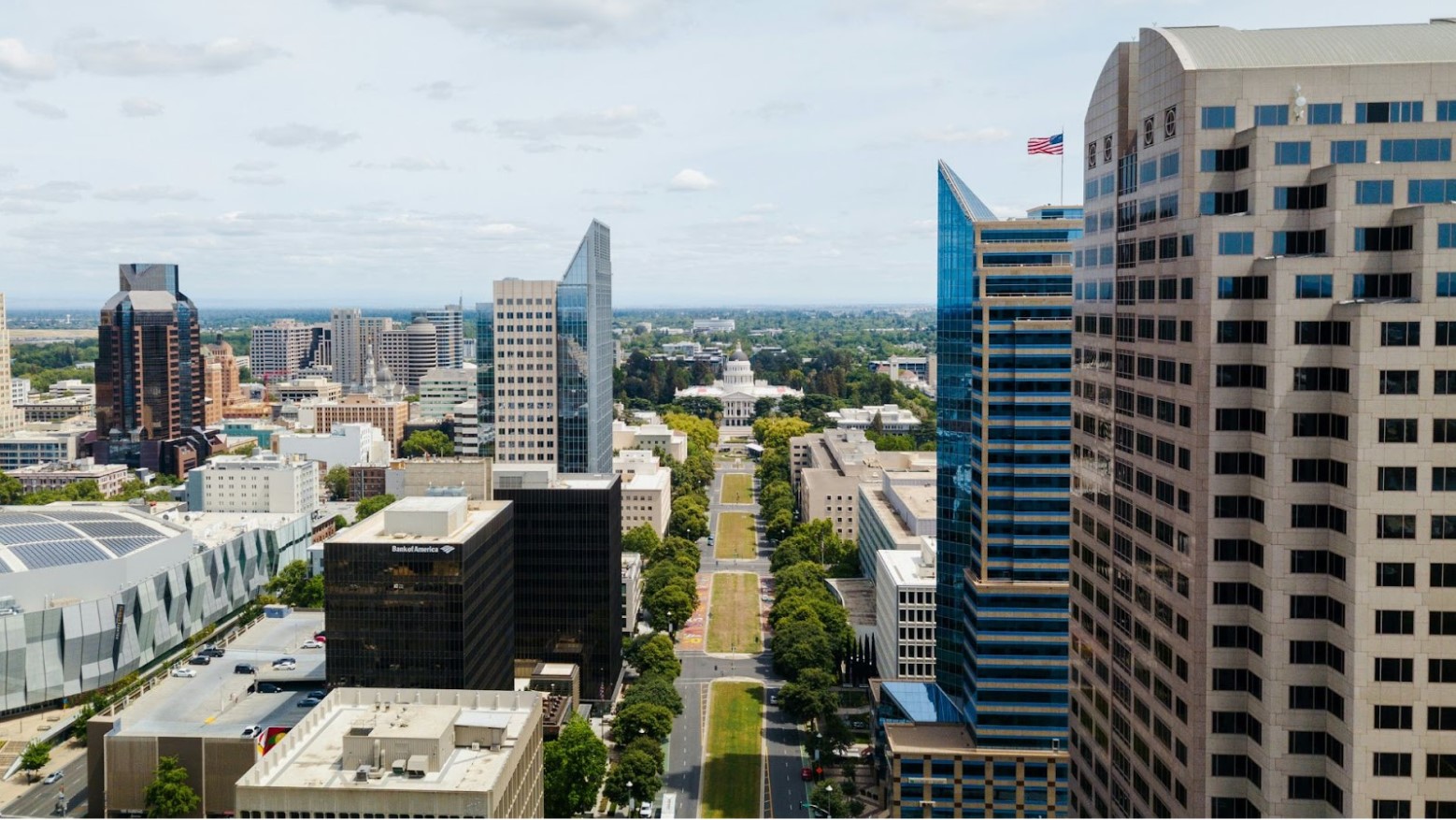
The insurance company did release a statement, explaining that it “takes seriously our responsibility to maintain adequate claims-paying capacity for our customers and to comply with applicable financial solvency laws. It is necessary to take these actions now.”
State Farm also said, “This decision was not made lightly.” Upon releasing this statement and news, many in California’s government were quick to question the company.
Why This Happened
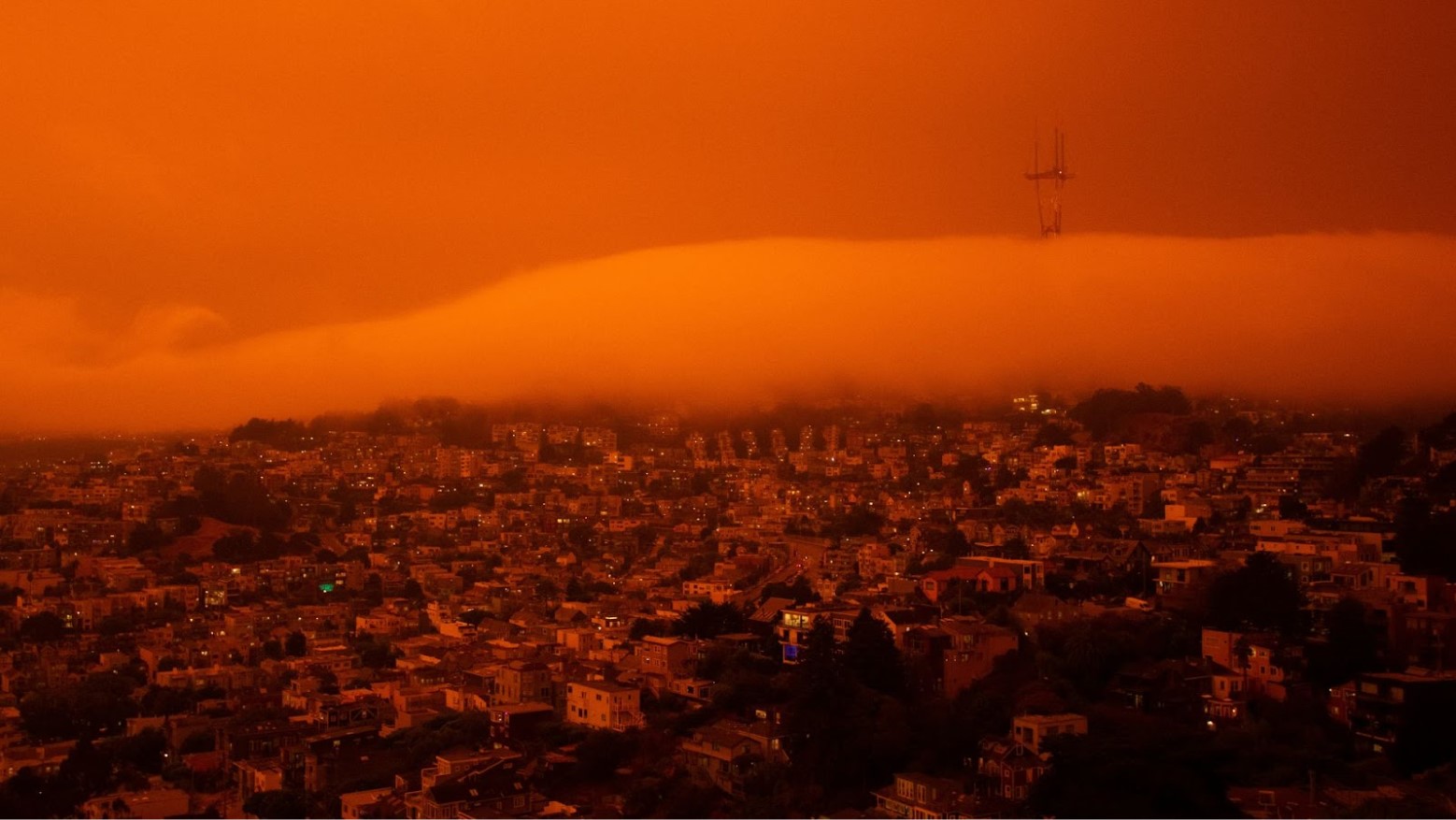
There are likely many reasons why this has occurred. Recently, many insurance companies have increased rates, limited coverage, or even completely stopped offering insurance to properties in areas that are at risk from natural disasters.
This has led thousands of residents in the Golden State to now struggle to find accurate insurance for their homes.
Wildfires Remain an Issue
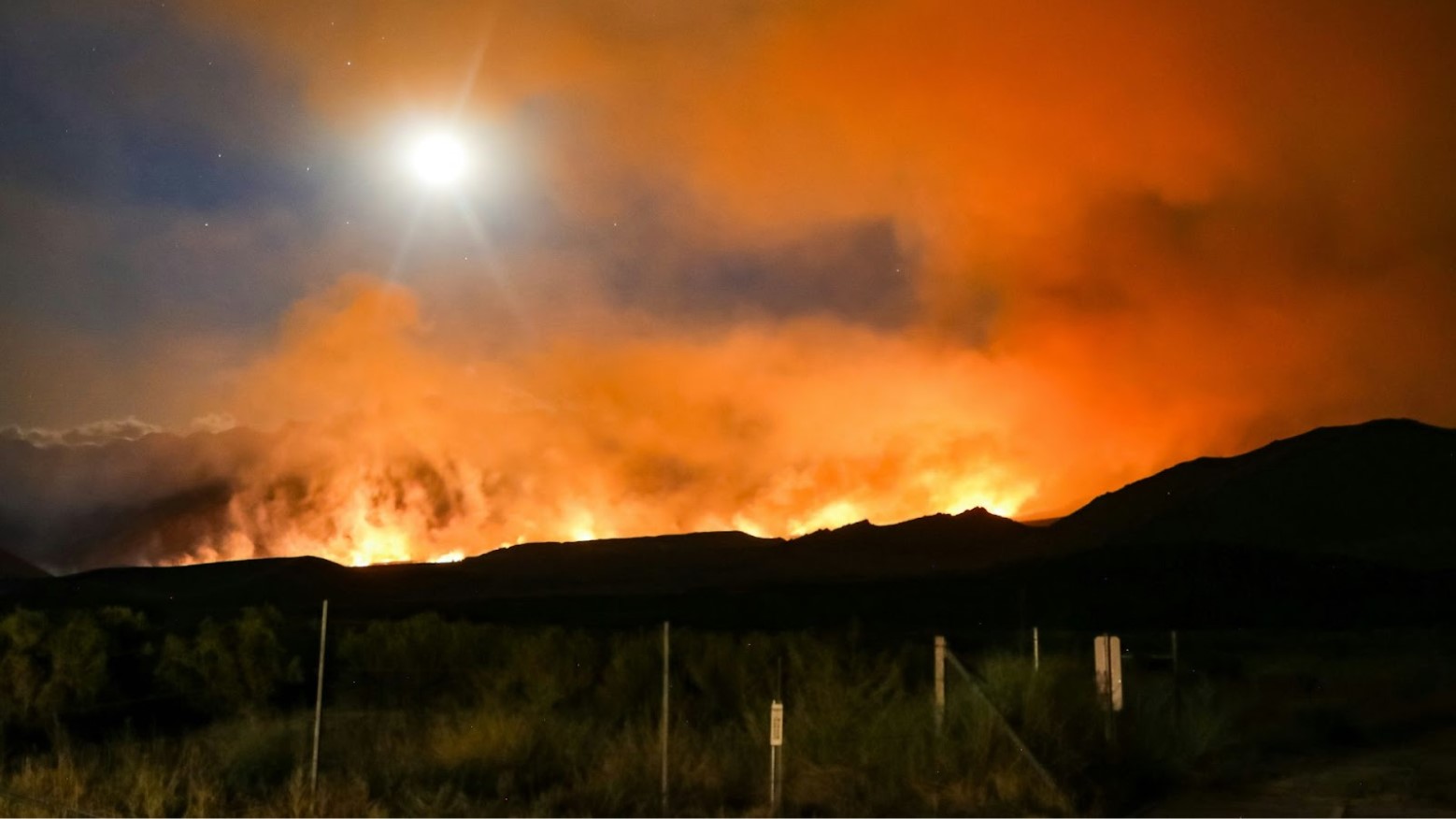
In recent years, California has seen an increase in natural disasters, specifically in wildfires. While some wildfires are started because of man-made issues, many of these fires rage out of control because of global warming.
Studies have already proven that climate change will likely only increase the risk of wildfires throughout California. These statistics have seemingly affected how insurance companies offer coverage in the state.
Homeowners Can’t Afford Insurance
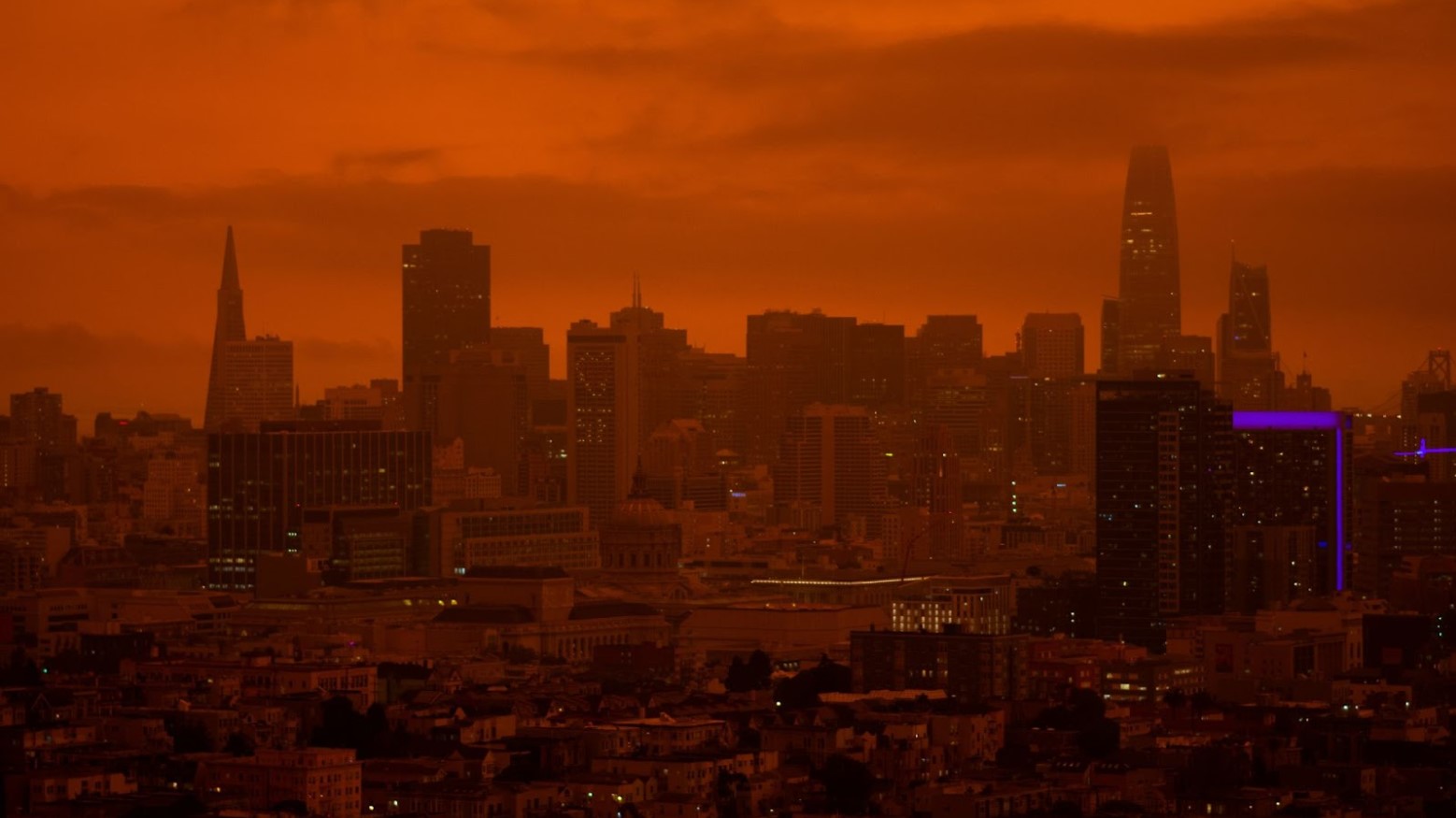
The risk of wildfires has caused insurance companies to increase the cost of their coverage. This has resulted in many California homeowners becoming unable to pay these high costs.
Insurance companies have blamed high inflation, reinsurance costs, certain insurance regulations, and the risk of natural disaster exposure on why prices have skyrocketed — and why companies have left the state and stopped offering policies.
The California Department of Insurance’s Response
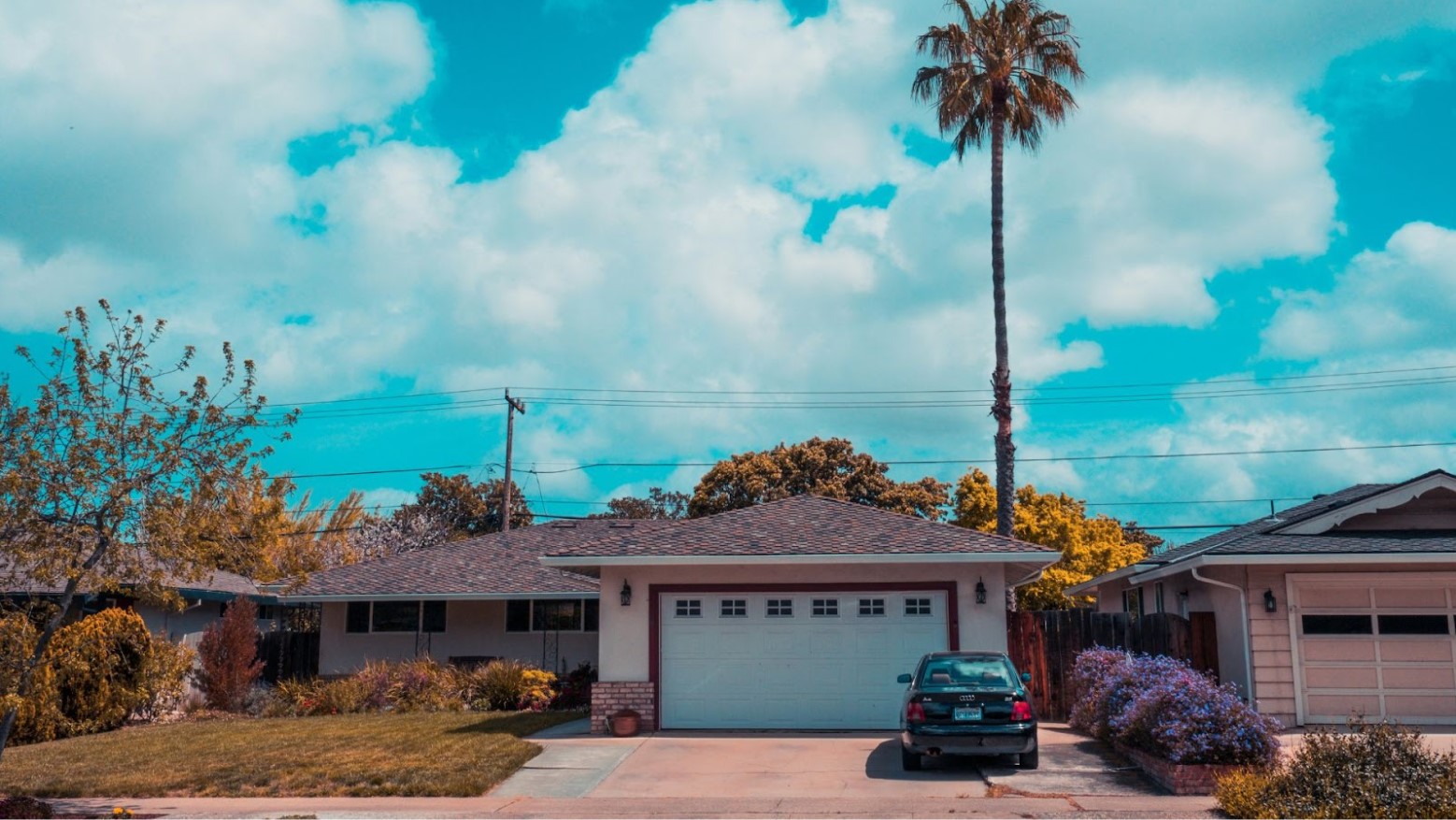
Upon State Farm making its announcement, the California Department of Insurance was quick to respond. The department’s Deputy Insurance Commissioner Michael Soller has questioned the insurance company’s move.
“One of our roles as the insurance regulator is to hold insurance companies accountable for their words and deeds,” Soller said. “State Farm General’s decision today raises serious questions about its financial situation — questions the company must answer to regulators.”
The Beginning of Cancellations
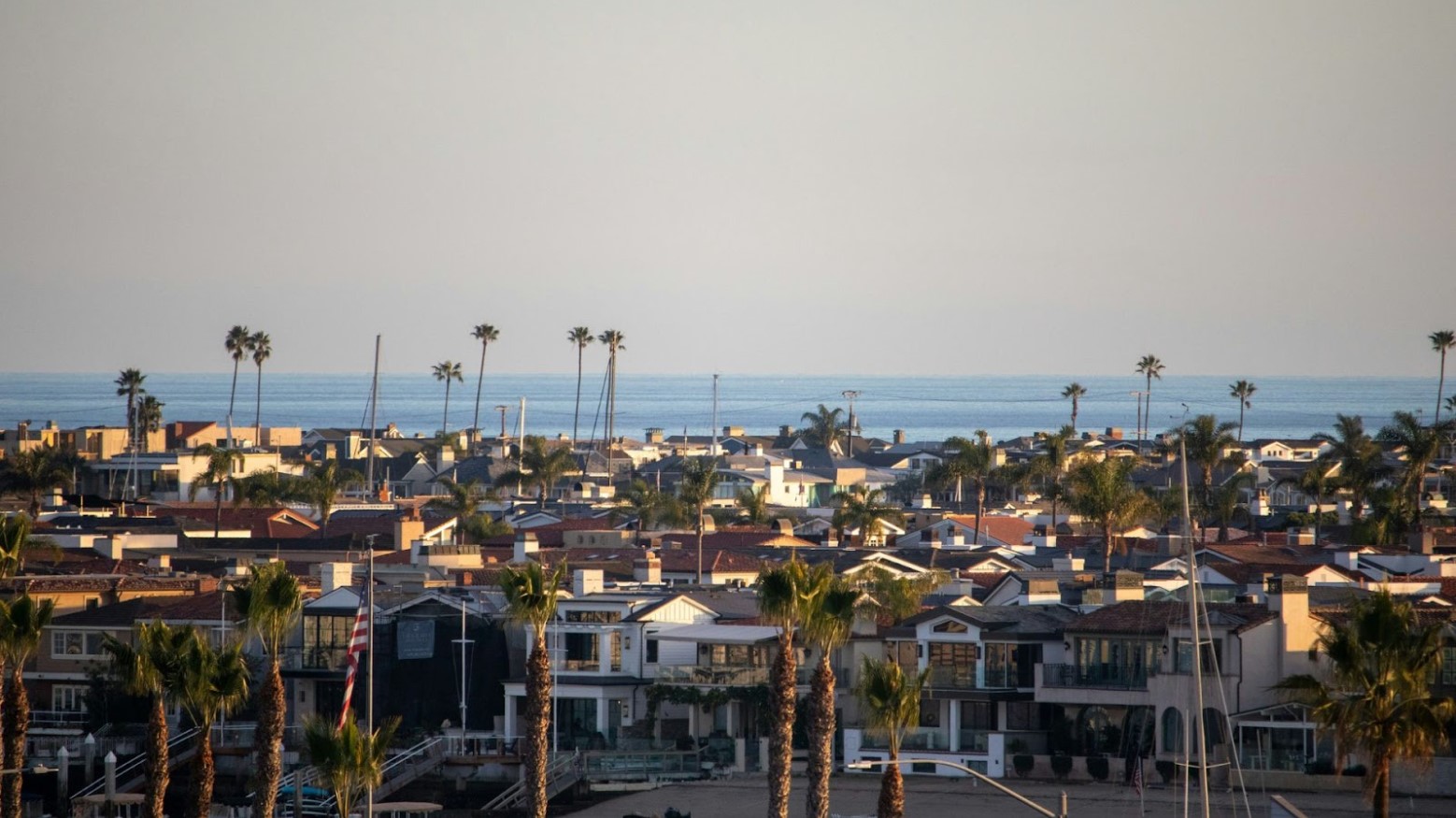
State Farm’s cancellations in California have led many to worry that this will become a normal occurrence. According to the company, homeowner insurance cancellations will start on July 3, 2024. Meanwhile, commercial property cancellations will occur on August 20, 2024.
Homeowners and commercial property owners who have had their policies cut may not necessarily have many options to choose from now. However, they can try to purchase insurance through the FAIR Plan.
The FAIR Plan

The Fair Access to Insurance Requirement (FAIR) Plan is funded by insurers in California. This plan helps provide limited coverage to property owners who aren’t able to find policies in the state that are affordable.
However, the FAIR Plan is only supposed to be used as a last resort. Not everyone is supposed to use it. As a result of companies such as State Farm canceling policies, however, more have had no choice but to turn to the FAIR Plan.
The FAIR Plan Is at Risk
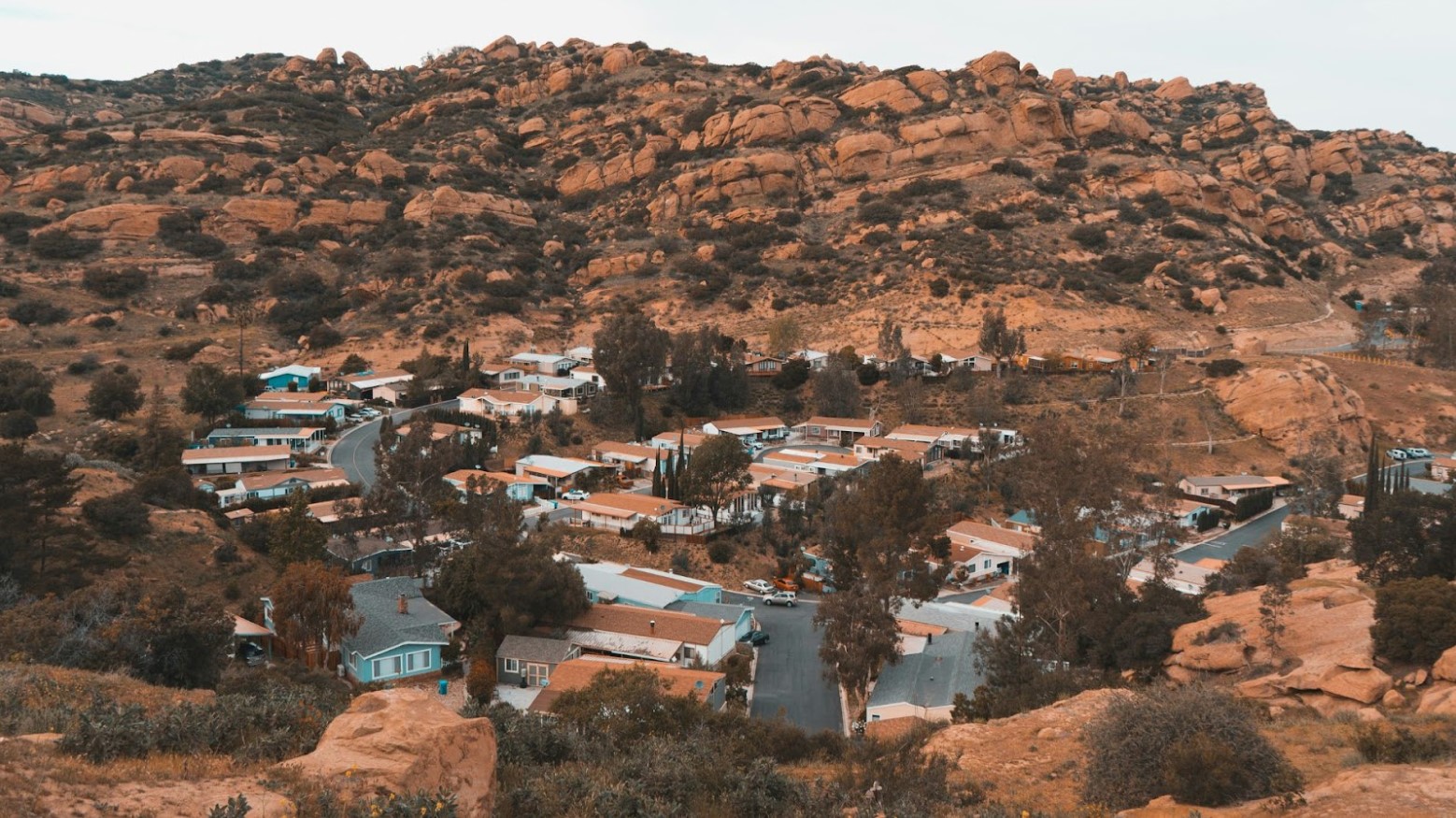
Because of this enrollment surge, the FAIR Plan is now at financial risk. According to Victoria Roach, the president of the FAIR Plan, the insurer only has about $200 million in surplus.
“We grew another $10 billion in exposure in January and another $15 billion in February,” Roach explained. “So the numbers just continue to climb, which is a concern — as those numbers climb, our financial stability comes more in question and we come closer to an assessment of the market should we, knock on wood, have a catastrophe.”
A Step Away From Insolvency
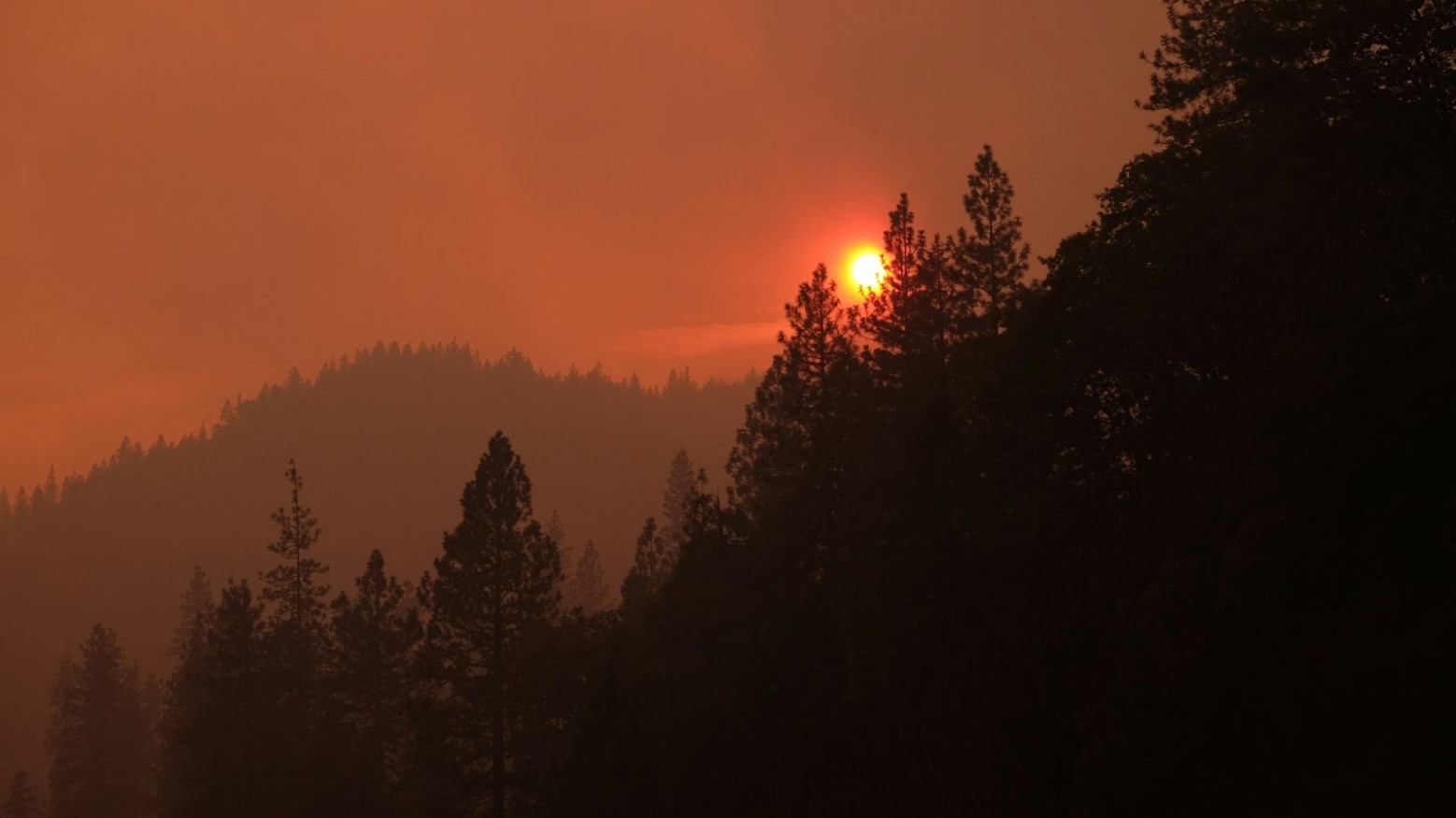
Therefore, if another catastrophic event — such as a massive wildfire — occurs, then the FAIR Plan could be at risk of financial instability. Democrat Assemblymember Jim Wood took it a step further and discussed possible insolvency.
“We’re one bad fire season away from complete insolvency — it feels like a big gamble in many ways,” Wood stated. “If this were on Wall Street, I’m not sure you’d be able to get away with this.”
